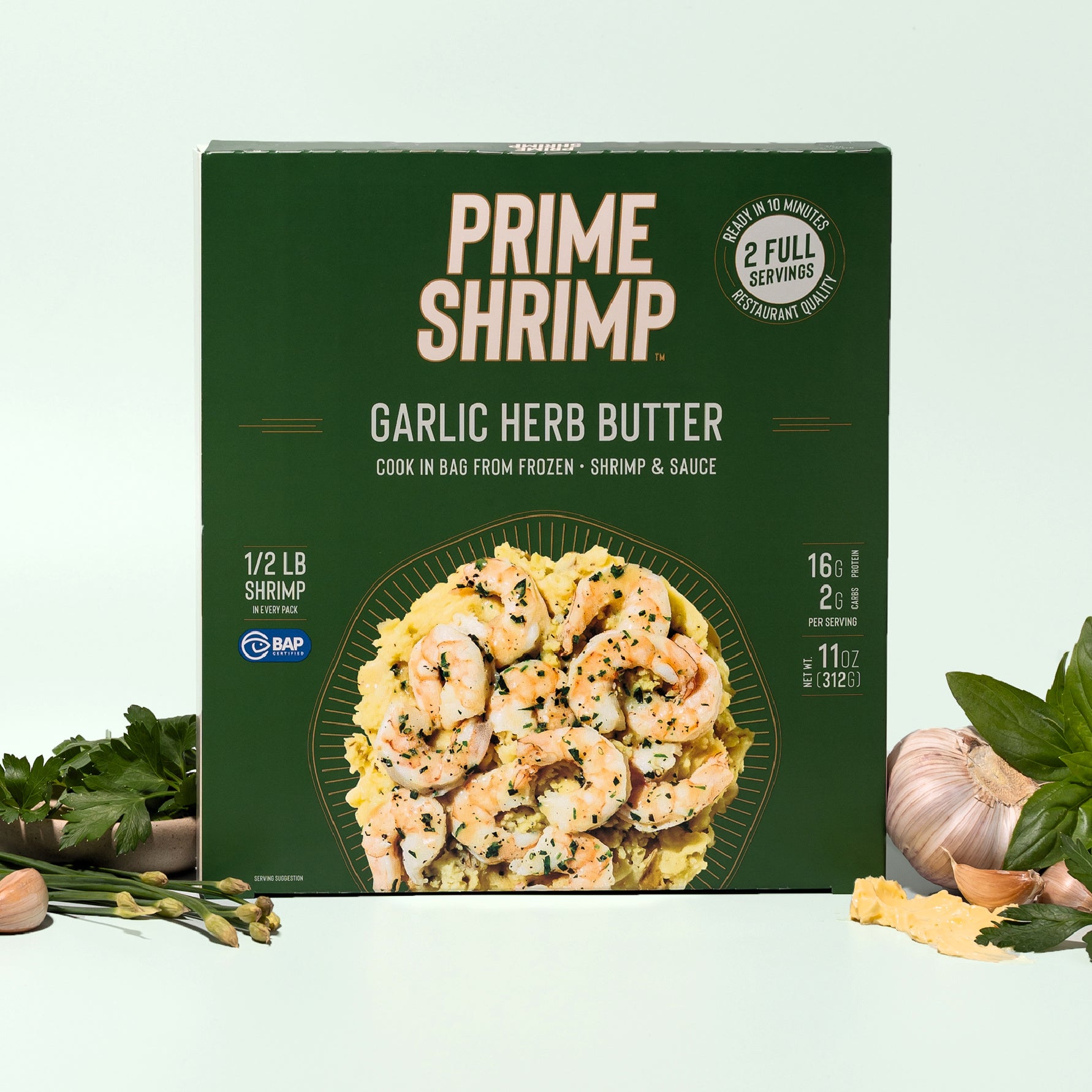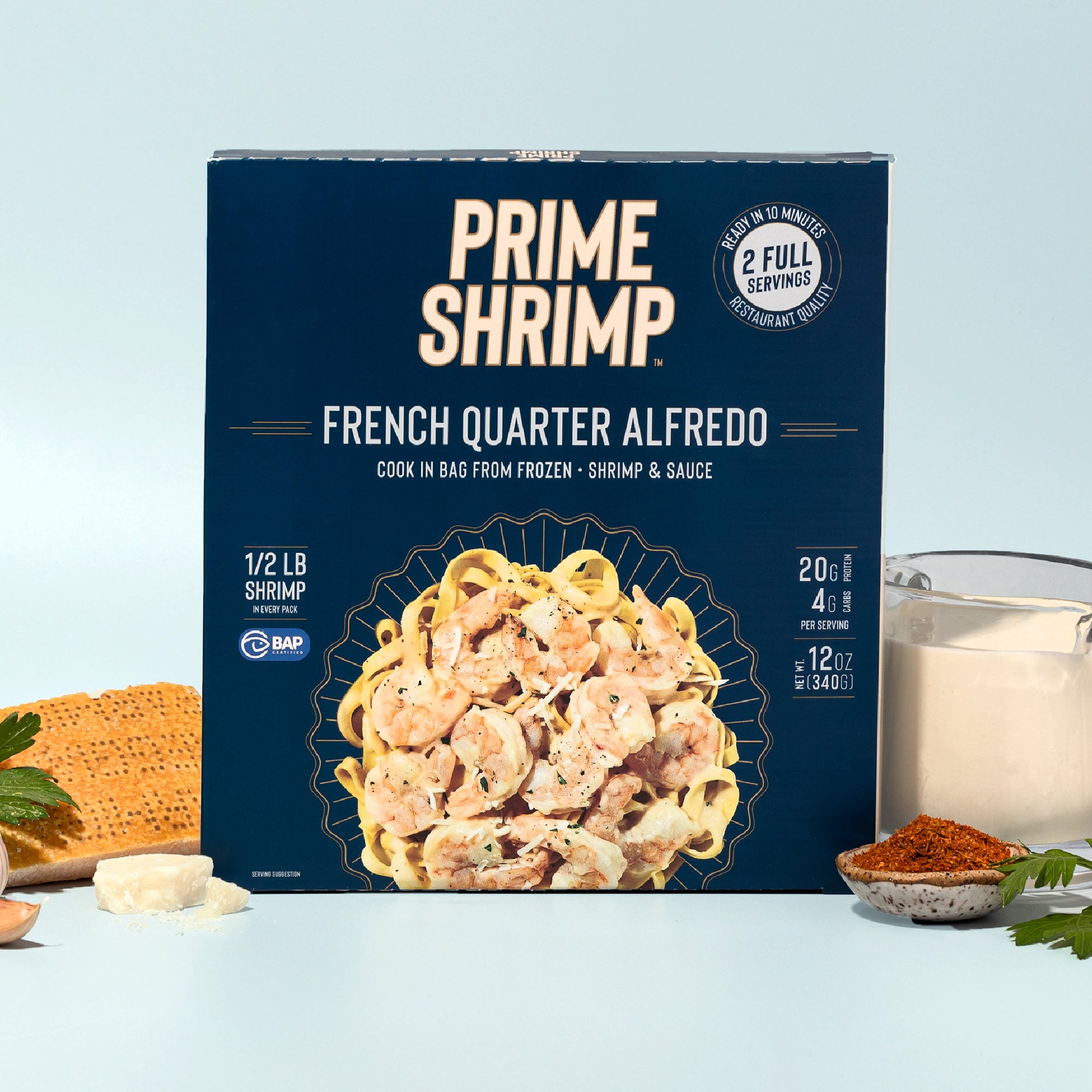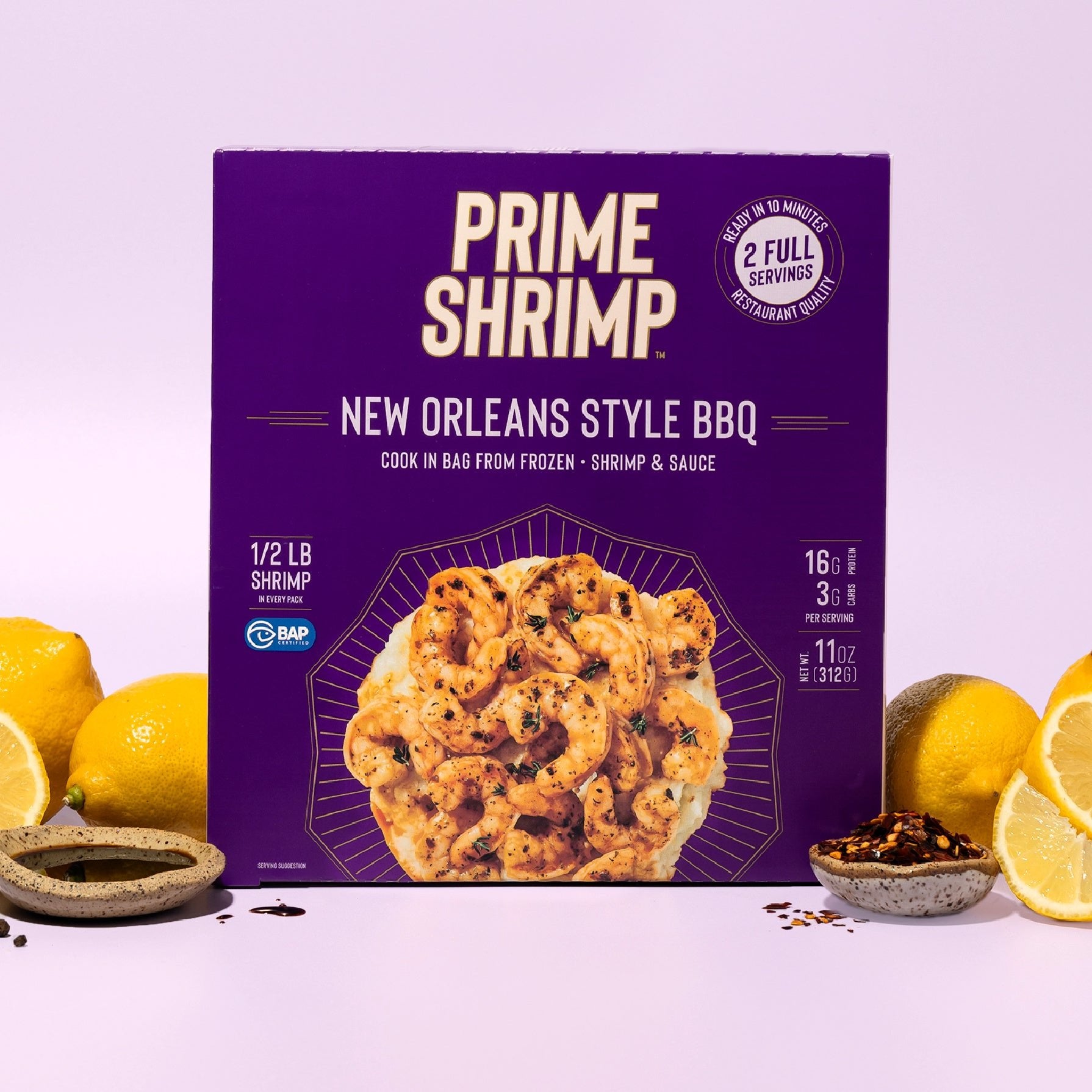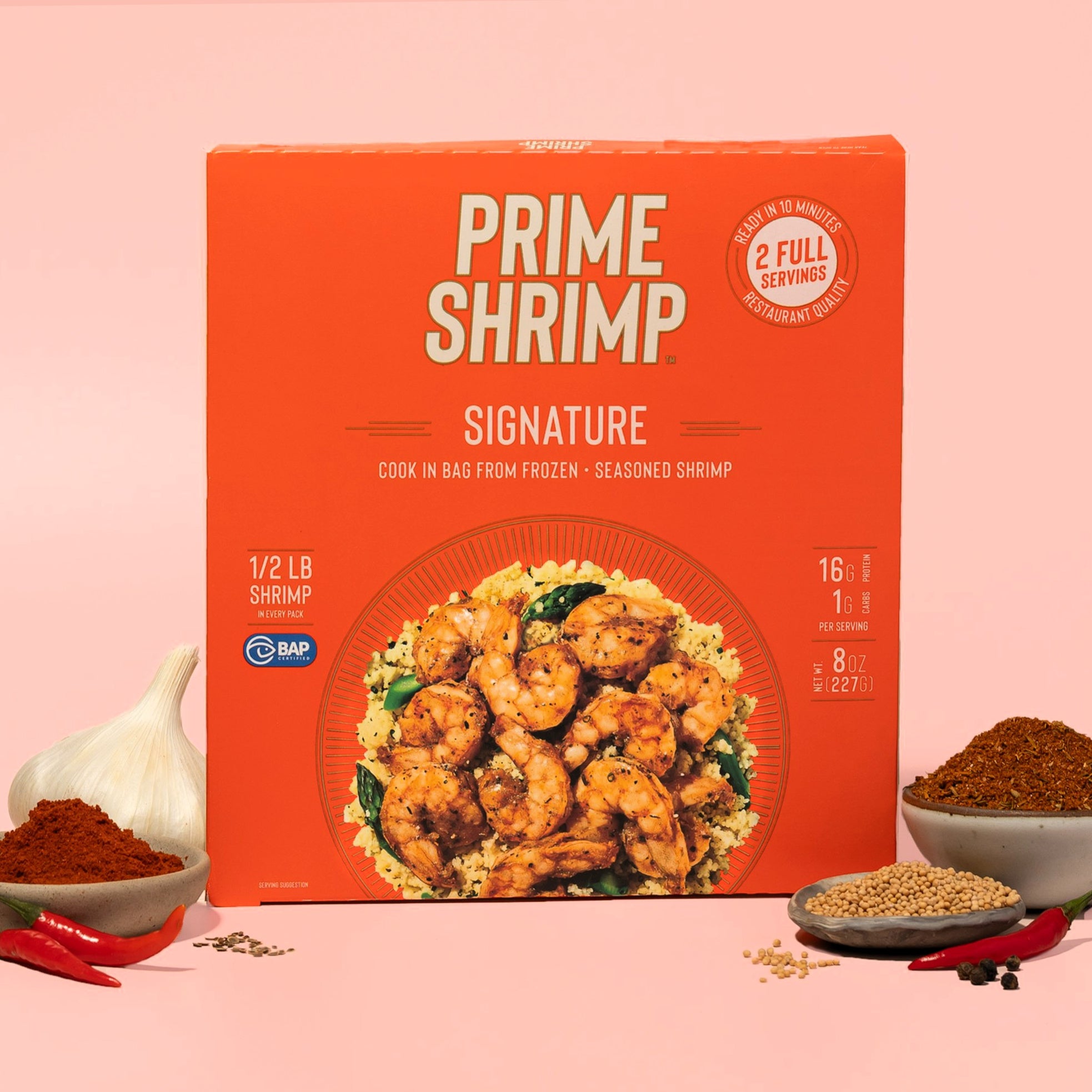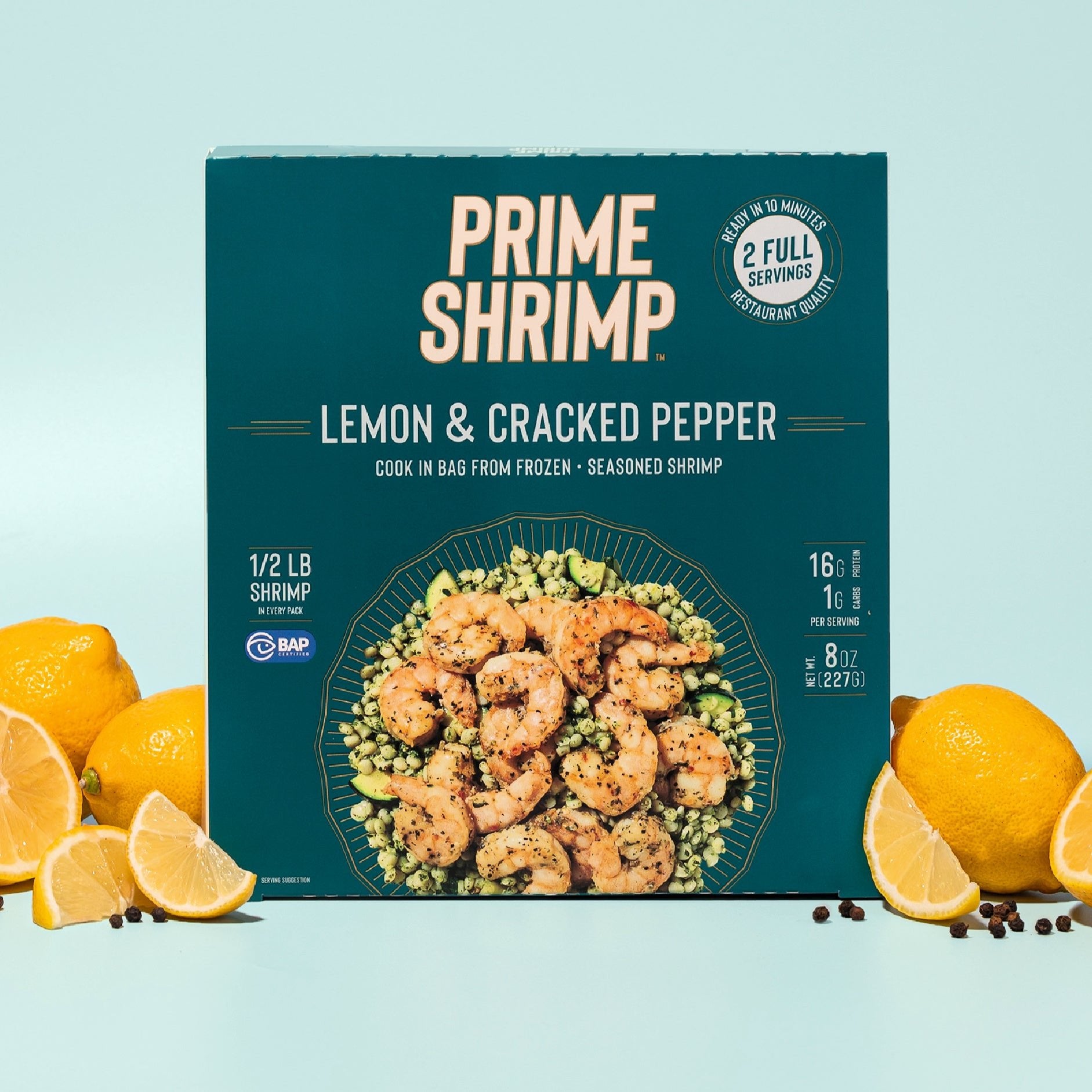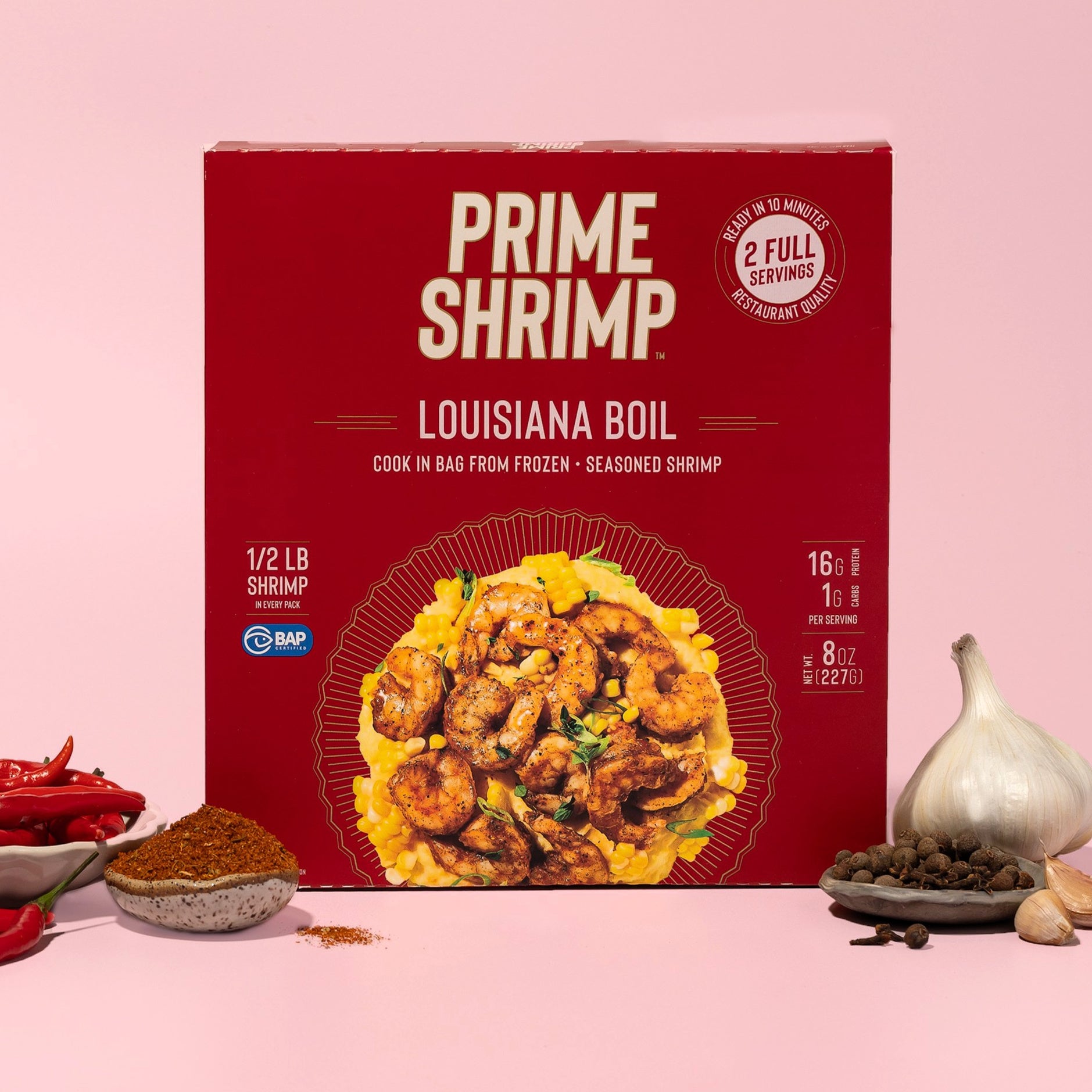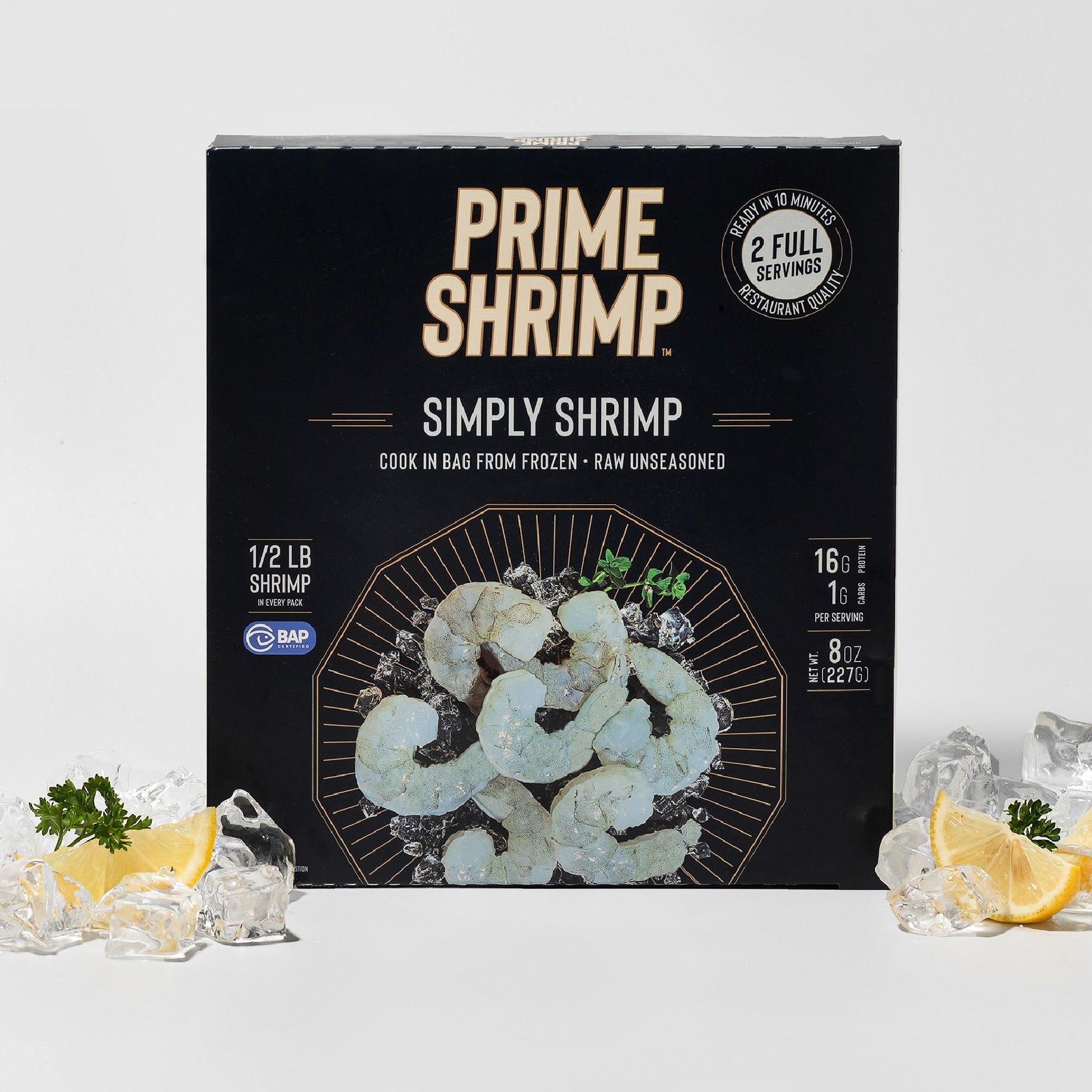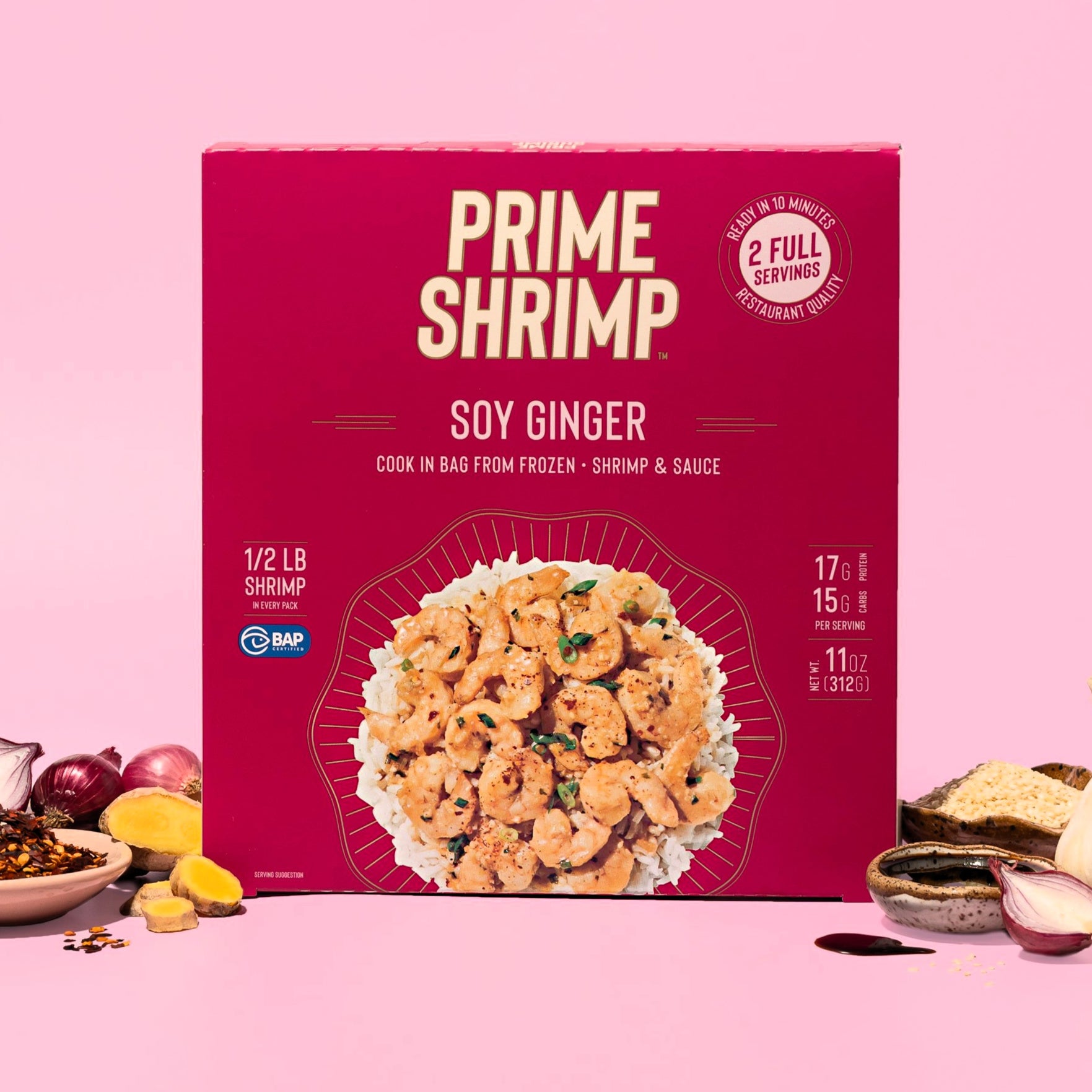

Shrimp: The Ultimate Protein Powerhouse
Americans consume more shrimp than any other seafood, and for good reason. Shrimp offers an abundance of nutritional benefits, and unlike frequently consumed proteins such as red meat and chicken, the FDA encourages Americans to enjoy a healthy portion of shrimp each week.
Nutritional Benefits of Shrimp
Shrimp are low in calories but high in protein, making them an excellent choice for a healthy diet. They are packed with key nutrients such as Vitamin D and Vitamin B12, with shrimp containing more Vitamin B12 than any other food group. Additionally, shrimp are a great source of essential minerals like iron, selenium, zinc, and iodine.
Healthy Fats in Shrimp
Shrimp are also an excellent source of vital healthy fats, including omega-3 fatty acids. These fats cannot be naturally produced by the body and must be obtained through food or supplements. Omega-3s have been proven to help prevent heart disease and stroke, protect against certain cancers, lower blood pressure, and improve blood vessel function.
FDA Recommendations
Due to these numerous health benefits, the FDA recommends that all adults consume two to three servings of “best choice” seafood, including shrimp, per week. Each 8 oz pouch of Prime Shrimp Cook In Bag contains two adult servings of shrimp, making it easy to meet the FDA’s weekly seafood consumption guidelines.
Incorporating shrimp into your diet is a delicious and nutritious way to enjoy a variety of health benefits. With its high protein content, essential vitamins and minerals, and healthy fats, shrimp truly is a protein powerhouse. Make sure to include shrimp in your weekly meal plan to take advantage of its many nutritional benefits.
Share:
More News
-

Prime Shrimp in the News: Must-Try Recipes in 2025
Prime Shrimp is making waves in the culinary world, recently being featured on The Lifestyle List and News Channel 8’s Daytime. These popular shows highlighted how Prime Shrimp is rethinking the way you cook shrimp at home with its quick, flavorful, and effortless meal solutions. Watch the video or keep read more for the full story.
-

Prime Shrimp Partners with Mahana Fresh For “Shrimply Paradise”, A Celebration of Shrimp
Prime Shrimp, the brand known for its premium flavored shrimp and innovative cook-in-pouch method, is teaming up with Mahana Fresh, a fast-casual restaurant specializing in healthy, customizable dishes, to offer a limited-time, flavor-packed promotion. Through April 30, 2024, customers can...
-

Elevating the Quality of Farm-Raised Shrimp: The Prime Shrimp Mission
In a market where over 90% of shrimp consumed in the U.S. is imported and often of subpar quality, Prime Shrimp is on a mission to revolutionize the industry. By focusing on sustainability, advanced processing technology, and premium quality, Prime...




